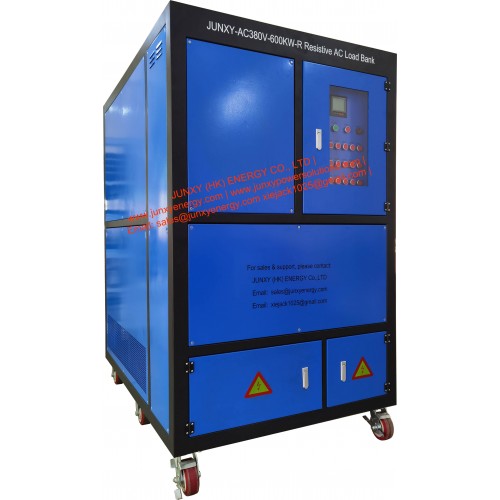
resistive load bank
We see renewable energy systems playing a steadily important role in the global energy mix, and it is essential, therefore, to ensure the systems’ reliability and effectiveness. Let us start by looking at one of the most crucial instruments used in testing these systems, namely the resistive load bank. Resistive load banks effectively model real loads, thus facilitating the evaluation of the renewable energy structures and participating substantially in the execution of an inverter load bank test. Analyzing the difficulties surrounding the role of resistive load bank in testing renewable energy systems, this article focuses on this matter and its significance.






